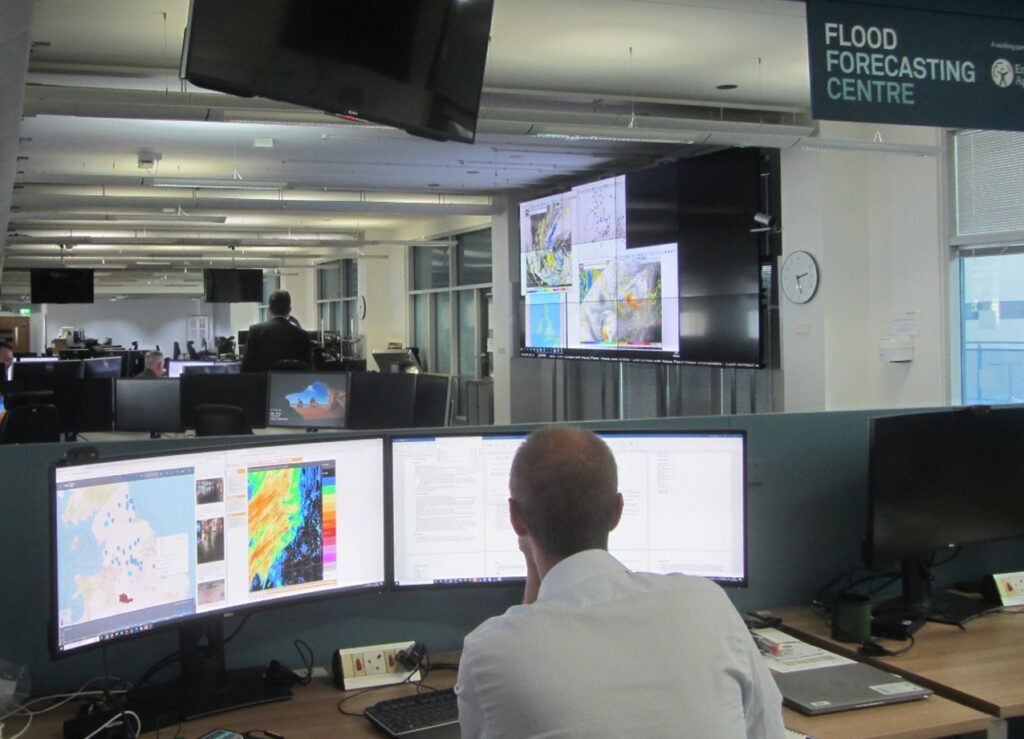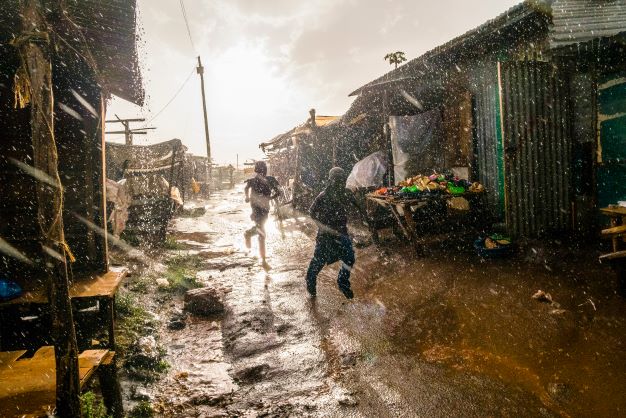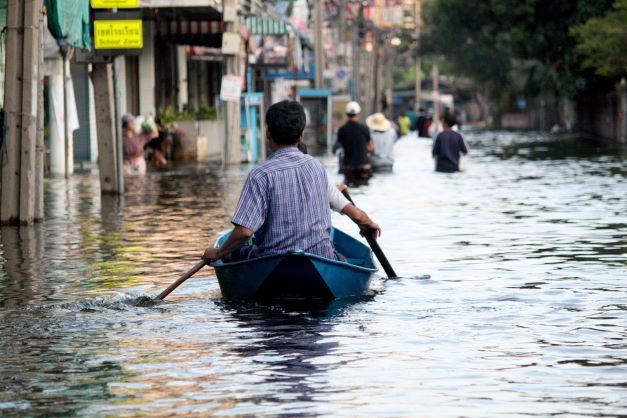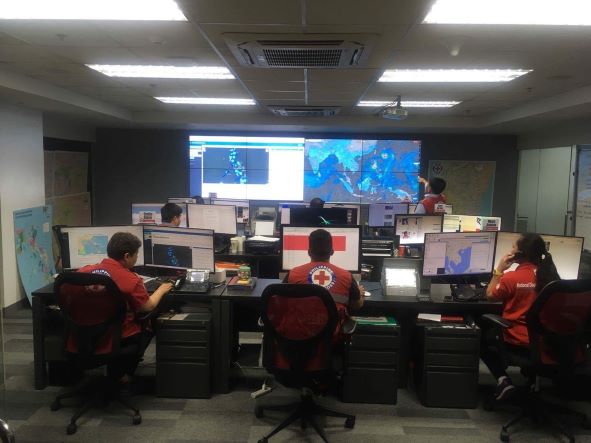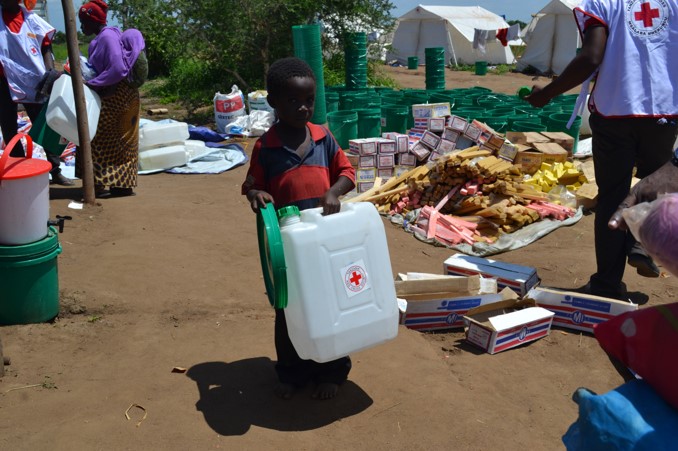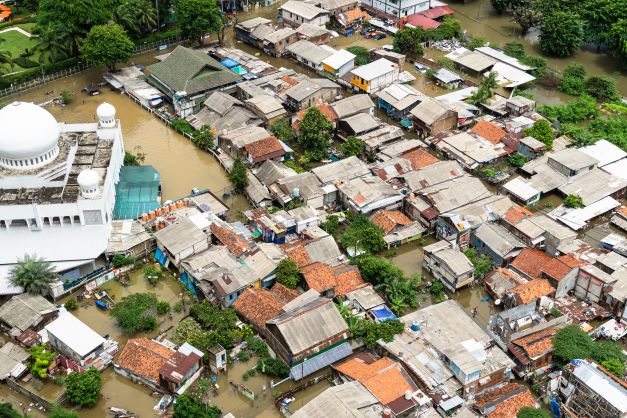
Impact-Forecasting Tanzania
Location: Tanzania

Challenge
Meteorological Offices worldwide provide warnings when certain weather thresholds are exceeded. The warning usually contains an indication of what the weather will be like in forthcoming hours or days. However, first responders are usually more interested in what kind of impact they can expect (rather than for instance rainfall quantities). In Tanzania, the Tanzanian Red Corss requested if we could use the forecasts given out by the Meteorological Office, and provide an estimate of the expected impact with that forecast. If we could provide such, they would be able to respond better to upcoming disasters.
Solution
In response, we determined the impact parameters for 175 individual flood events in Tanzania over the past 10 years (using 140.000 online news articles). By analysing those historic flood data together with data about hydrologic variables such as precipitation and discharge, relations between the two were established and hydrologic variables were directly translated to expected impact. The results were made accessible via an online tool where the user fills in:
- The province of interest
- The current condition of the area and
- The forecast amount of rainfall.
After which the tool searches for similar situations in the past, and calculates the expected impact from news articles about this past situation. This provides impact estimates to the user, such as the number of casualties of an event or people evacuated. Additionally, users of the tool can follow the links to the news articles, to get an in-depth overview of the past event. As depicted in the below screenshot. The tool now enables the Tanzanian Red Cross to forecast the expected impact of a flood event, based on the severe weather alerts they receive from the Tanzania Meteorological Agency (TMA).
Inspiration
Water and disaster managers are changing their paradigm from "what will the weather be" to "what will the weather do". To do so, it is important to have sound impact information, for which online media data can be used very well. With a little effort we can create historical databases with impact parameters for any country, to which meteorological thresholds can be calibrated and validated. With an impact forecast as a result. This is not only possible in Tanzania, but relevant in many other parts of the world, too.
